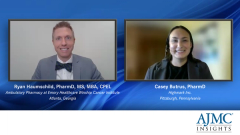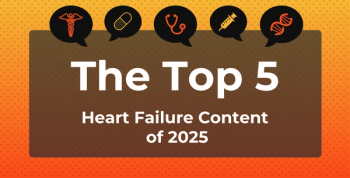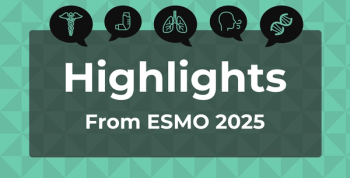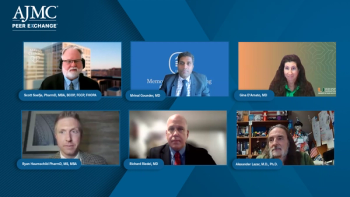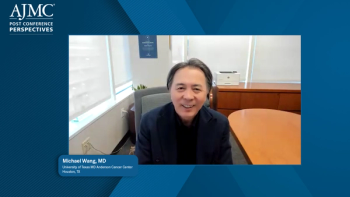
The Road to Biosimilar Adoption: Navigating Interchangeability
Panelists discuss how stakeholders can prepare for the upcoming interchangeability designation of more biosimilars later this year, debating whether interchangeability status or formulary-level changes are more impactful and identifying necessary systemic shifts required to ensure both patients and health systems realize meaningful cost savings when transitioning from reference products to biosimilars.
Episodes in this series

Preparing for Interchangeable Biosimilars: Guidance for Physicians
Stakeholder Preparation for Interchangeability Designations
With more biosimilars expected to receive interchangeability designations later this year, health care stakeholders should prepare by the following:
- Developing clear policies and protocols for automatic substitution
- Establishing robust documentation systems for tracking which specific products patients receive
- Creating educational materials for patients about potential switches at the pharmacy level
- Updating electronic health records to properly capture biosimilar dispensing information
- Training pharmacy staff on handling interchangeable products appropriately
- Coordinating communication between prescribers, pharmacists, and patients
Interchangeability vs Formulary Management
The relative importance of interchangeability designation vs formulary-level decisions presents the following important considerations:
- Formulary management may be more effective for driving adoption than waiting for interchangeability designation.
- Health systems can implement evidence-based switching protocols without requiring formal interchangeability status.
- Interchangeability primarily affects retail pharmacy substitution but has less impact in health system settings.
- A combined approach leveraging both formulary control and interchangeability may optimize access and savings.
Essential Elements for Achieving Cost Savings
To realize meaningful cost savings from the transition to biosimilars, several critical shifts must occur, including the following:
- Alignment of financial incentives across stakeholders (payers, providers, and patients)
- Transparent pricing models that pass savings to both health care systems and patients
- Streamlined prior authorization processes for biosimilars
- Elimination of step therapy requirements that favor reference products
- Rebate reform to prevent artificial market advantages for higher-priced options
- Enhanced patient education about the safety and efficacy of biosimilars
- Coordinated advocacy for policies that promote biosimilar competition
These strategic approaches will help maximize the potential economic and access benefits as the biosimilar landscape continues to evolve.
Newsletter
Stay ahead of policy, cost, and value—subscribe to AJMC for expert insights at the intersection of clinical care and health economics.

